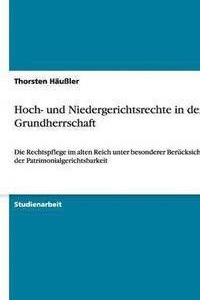
Liknande böcker
Die Sidi Okba Moschee : Die Ursprünge der islamischen Gebetsarchitektur - eine Spurensuche in Kairouan
Bok av Thomas Steller
Studienarbeit aus dem Jahr 2007 im Fachbereich Kunst - Architektur, Baugeschichte, Denkmalpflege, Note: 1,3, Europa-Universitt Viadrina Frankfurt (Oder), Sprache: Deutsch, Abstract: The great mosque of Kairouan is one of the great Islamic monuments in North Africa. Built mainly in the ninth century it nevertheless comprises most of the main traits of future developments in North African praying architecture. It served as a model for many other mosques in North Africa. But even more interesting than its profound influence upon other buildings is it own construction history. This essay examines closely the numerous intercultural influences which have contributed to the formation of the monument of the Sidi Okba Mosque. In order to achieve this, the Islamic expansion is recapitulated in the first part and the importance and meaning the architecture of payer in Islam is examined. Furthermore important parts und fixed building methods for mosques are studied. The mosque of Sidi Okba is then thoroughly described and its individual parts dated. The individual parts of the building and its decoration are analyzed concerning their relationship to the architecture of other cultures. The identification and allocation of cultural influences makes it then possible to analyze exchange and adjustment processes between cultures. In the mosque one can easily diferenciate a mixture of different styles from the near east. Ultimately in the Great Mosque of Kairouan one can observe the formation of Islamic Art. Which is a composite art that combines the traditions of various cultures (Byzantine, Persian, Roman and more) and melds them together and refines them into a new art. Thus the study of the Sidi Okba mosque helps us to understand the formation of Islamic art







